Cyrus the Great, also known as Cyrus II of Persia, is famous for founding the Achaemenid Empire. He conquered the Median Empire, the Lydian Empire and the Neo-Babylonian Empire to make the Achaemenid Empire the largest the world had seen till then. Cyrus II was not only a great conqueror but also an exceptional ruler who respected the various religions practiced through the lands he conquered; and who brought about various reforms to ensure the prosperity of his kingdom. Here are 10 interesting facts about the family, life, reign, reforms, accomplishments, death and legacy of one of the greatest rulers in history.
#1 CYRUS WAS THE SON OF CAMBYSES I, THE PERSIAN KING OF ANSHAN
In 609 BC, the Iranian people, primarily the Medes and Persians, played a key role in defeating the Assyrian Empire, which was the dominant power in the region. This led to the establishment of the Median Empire as one of the four major powers of the ancient Near East along with Babylonia, Lydia and Egypt. The Persians were incorporated into the empire of the Medes. Cyrus the Great was born between 590 and 580 BC. His father, Cambyses I, was a Persian king of the ancient city of Anshan in south-western Iran from c. 580 to 559 BC; while his mother Mandane was the daughter of Astyages, the King of the Median Empire.

#2 A LEGEND SAYS HIS GRANDFATHER INTENDED TO HAVE HIM KILLED
Nothing is known with certainty about the early life of Cyrus the Great. But there is a legend that Astyages had two dreams that implied that his grandson would overthrow him. He ordered Harpagus, his advisor and general, to have Cyrus killed. Harpagus delegated the task to a shepherd named Mithradates, who raised the child and passed off his stillborn son to Harpagus. When he was 10 years old, Cyrus, because of his outstanding qualities, was discovered by Astyages. Astyages spared his life and sent him to live with his biological parents. However he killed the son of Harpagus and tricked Harpagus into eating his own son at a banquet.
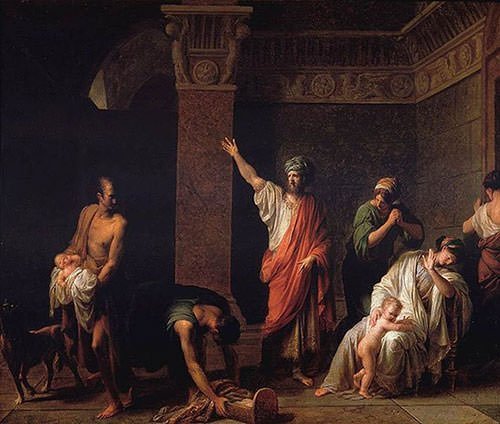
#3 CYRUS II CONQUERED THE MEDIAN EMPIRE IN 550 BC
Cyrus the Great was named after his paternal grandfather Cyrus I and he was a descendent of Achaemenes, after whom the Achaemenid Empire is named. Cyrus II took over the reign of Anshan from his father in 559 BC. Astyages launched an attack against Cyrus which led to three years of hostilities which ended in 550 BC with Cyrus’s capture of Ecbatana, the capital of the Median Empire. During this war there was a mutiny against Astyages by a portion of his army, supposedly led by Harpagus to avenge the death of his son. After conquering Media, it is said that Cyrus II spared the life of Astyages and married his daughter, Amytis.

#4 HE CONQUERED THE LYDIAN KINGDOM IN 546 BC
After the fall of Media, Croesus, king of Lydia in western Asia Minor, began expanding his territory at the expense of the Medes. This led to the Battle of Pteria in 547 BC between the Persian forces of Cyrus the Great and the invading Lydian forces of Croesus. Though the battle was a stalemate, Croesus was forced to withdraw back west into his own kingdom. Cyrus II then pushed the war into Lydian territory leading to the decisive Battle of Thymbra in which his forces routed the Lydian army. This was followed by Cyrus’s Siege of Sardis, the capital of Lydia. After 14 days, Sardis fell and Croesus was captured. Cyrus II, thus, conquered the Lydian kingdom in 546 BC.
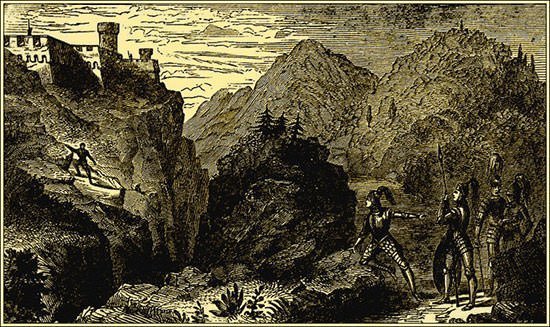
#5 HE CONQUERED THE NEO-BABYLONIAN EMPIRE IN 539 BC
The dissatisfaction of the people of the Babylonian Empire with their ruler Nabonidus, gave Cyrus II the pretext for the Persian invasion of Mesopotamia. This led to the Battle of Opis in 539 BC during which the Persian forces of Cyrus the Great decisively defeated the Babylonian army. A few days later, Babylon, the greatest city of the ancient world, fell without any resistance and its ruler Nabonidus was detained. The conquest of Babylon extended the Achaemenid Empire not only to Mesopotamia but also to Syria and Palestine, which had been conquered previously by the Babylonians.
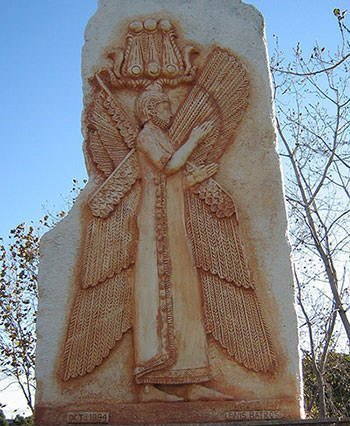
#6 CYRUS THE GREAT CREATED THE LARGEST EMPIRE IN THE WORLD
Under Cyrus II, the Achaemenid Empire embraced all the previous civilized states of Near East and expanded to include most of Southwest Asia and much of Central Asia and the Caucasus. Cyrus the Great thus created the largest empire the world had yet seen which stretched from the Mediterranean Sea and Hellespont in the west to the Indus River in the east. Like his early life, there are several myths surrounding the death of Cyrus II. A legend says that during his campaign in the east, Cyrus was defeated and killed by Tomyris, a woman leader of the Massagetae people, to avenge the death of her son and protect her people. It is known that Cyrus died in the year 530 BC. He reigned for 29 years from 559 BC till his death.
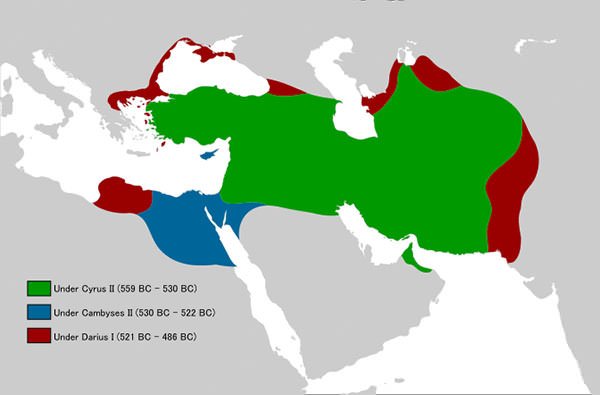
#7 HIS GRANDSON INVADED GREECE LEADING TO THE FAMOUS BATTLE AT THERMOPYLAE
Not much is known about the personal life of Cyrus II. It is said that he had two wives: Amitis, daughter of Astyages; and Cassandane, an Achaemenian Persian noblewoman. Cyrus dearly loved Cassandane and observed “a great mourning” in his vast empire upon her death. He had four children with Cassandane. Among them was a son named Cambyses II, who succeeded his father and further expanded the Achaemenid Empire by conquering Egypt; and a daughter named Atossa, who later married Darius the Great. Darius ruled the empire at its peak. He had a son with Atossa named Xerxes I, who famously invaded Greece leading to the Battle at Thermopylae on which the movie 300 is based.
#8 He HAD A POLICY OF RESPECTING THE RELIGIONS OF THE PLACES HE CONQUERED
Cyrus the Great was not only a great conqueror but also a great ruler. He had a religious policy of respecting the various religions practiced across his vast empire. The Babylonians regarded him as “The Liberator”. He is said to have kept his army away from the Babylonian temples and to have restored statues of their Gods. The Jews honored him as a dignified and righteous king. In their religious books, he is praised for freeing of slaves, humanitarian equality and costly reparations. Cyrus II is also credited by some for returning the exiled Jews to the Promised Land along with a commission to rebuild their temple. The Cyrus Cylinder is an ancient clay cylinder on which there is a declaration in his name. It has been called the oldest known charter of human rights but there is dispute over its interpretation.
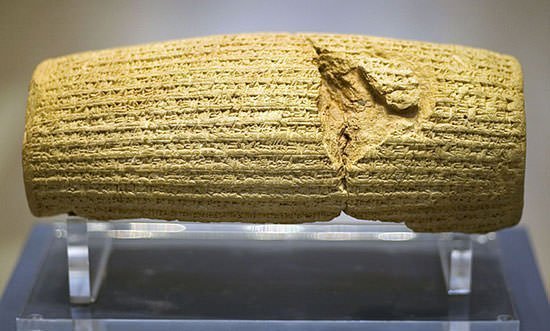
#9 HE ESTABLISHED THE FIRST CREDIBLE POSTAL SYSTEM
As an administrator, Cyrus governed his empire by four capital states; Pasargadae, Babylon, Susa and Ecbatana. He allowed a certain amount of regional autonomy in each state. He had a system of Satraps or governors of provinces. He established twenty-six satraps, who were responsible for collecting taxes, judging cases etc. in the area under their administration. They were aided by a general, who supervised military recruitment and ensured order; and a state secretary, who kept the official records. Cyrus the Great reorganized and rebuilt an ancient highway known as the Royal Road to facilitate rapid communication throughout his empire. He also established the first credible postal system in history working on multiple stations which provided the messenger fresh supplies and horses along the way.
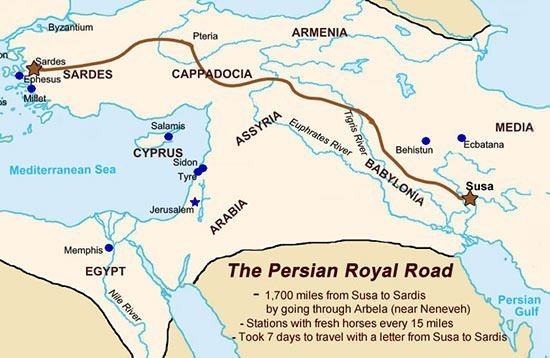
#10 He WENT ON TO INFLUENCE MANY LEADERS INCLUDING ALEXANDER THE GREAT
Highly respected in his time, Cyrus II went on to be viewed as an ideal ancient ruler who was not only brave and daring but also tolerant and magnanimous. It is testimony to his capability that the Achaemenian Empire continued to expand after his death and lasted for more than two centuries. Cyrus the Great is ranked higher by many historians than the next great conqueror, Alexander the Great, who demolished the Achaemenian Empire but failed to provide a stable alternative. The life and personality of Cyrus II influenced many people including Alexander, Thomas Jefferson and David Ben-Gurion. His own nation, Iran, has regarded him as “The Father”, the very title used during the time of Cyrus himself.
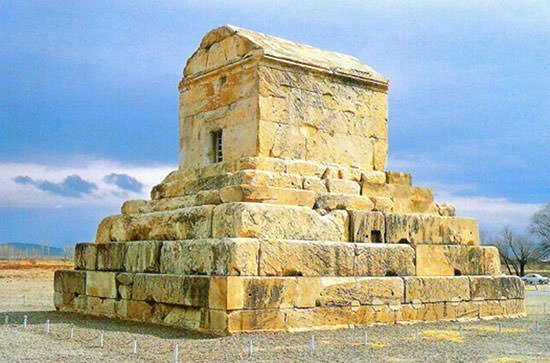
RELIGION OF CYRUS THE GREAT
Cyrus the Great’s policy of respecting the minority religions of his empire is well documented but his own religion remains unknown. Zoroastrianism, primarily based on the teachings of the Iranian Prophet Zoroaster (Zarathustra), is one of the world’s oldest religions. It was the dominant religion in Persian Empires from 600 BC till early 7th century AD, after which it was suppressed following the Muslim conquest of Persia. Although, it is believed the acts and policies of Cyrus the Great were influenced by Zoroastrianism, there is no clear evidence to establish that he practiced any specific religion.


cool
Great and good people and leaders will always get destroyed and killed even forgotten
It seems in this world there only evil that will prevail.
Cyrus who granted amunity to all and his humane respectful army who did not harm any one when concurring Babylon will be forgotten or even their existence getsdenyed.
But the rapist inhuman Soviet Red Army with all their crimes and mass rapes in World War 2 will be heroes and saviors of humanity
What a petty